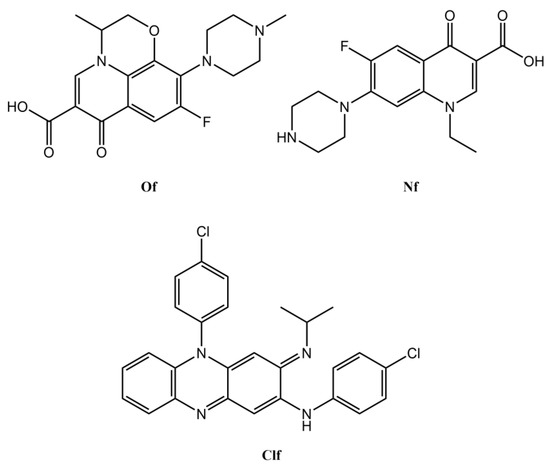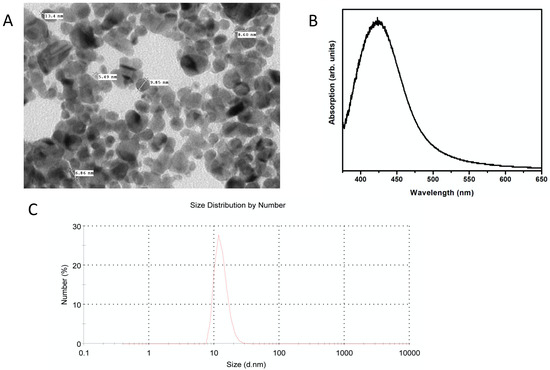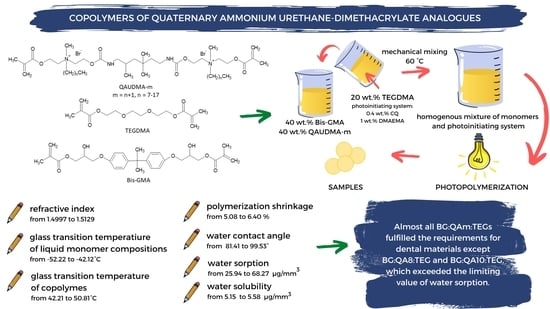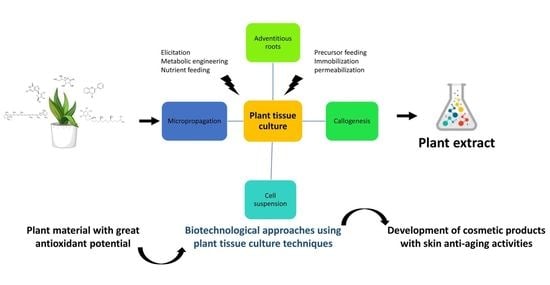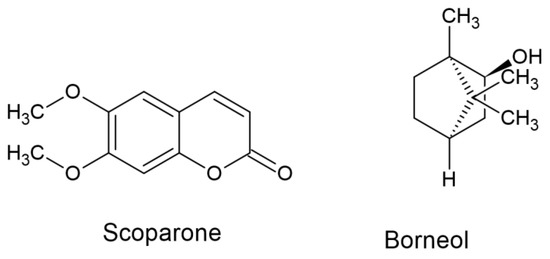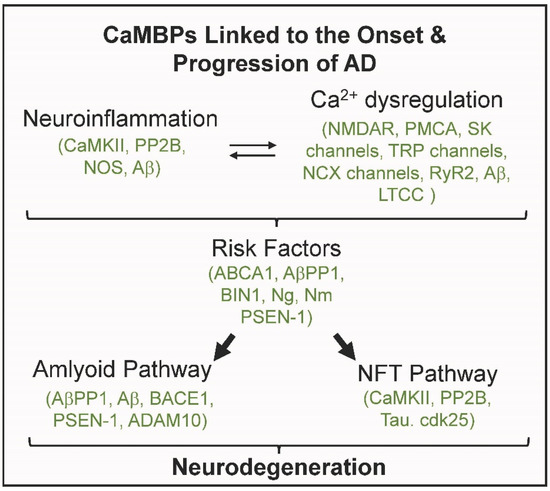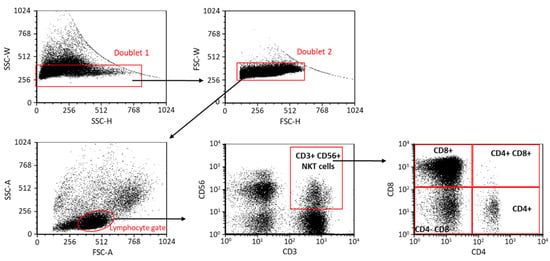Int. J. Mol. Sci. 2023, 24(2), 1402; https://doi.org/10.3390/ijms24021402 - 11 Jan 2023
Cited by 7 | Viewed by 2653
Abstract
This work reports the synthesis, structural and thermal analysis, and in vitro evaluation of the antimicrobial activity of two new organic salts (OSs) derived from the antimycobacterial drug clofazimine and the fluoroquinolones ofloxacin or norfloxacin. Organic salts derived from active pharmaceutical ingredients (API-OSs),
[...] Read more.
This work reports the synthesis, structural and thermal analysis, and in vitro evaluation of the antimicrobial activity of two new organic salts (OSs) derived from the antimycobacterial drug clofazimine and the fluoroquinolones ofloxacin or norfloxacin. Organic salts derived from active pharmaceutical ingredients (API-OSs), as those herein disclosed, hold promise as cost-effective formulations with improved features over their parent drugs, thus enabling the mitigation of some of their shortcomings. For instance, in the specific case of clofazimine, its poor solubility severely limits its bioavailability. As compared to clofazimine, the clofazimine-derived OSs now reported have improved solubility and thermostability, without any major deleterious effects on the drug’s bioactivity profile.
Full article
(This article belongs to the Special Issue 5th Meeting of Medicinal Biotechnology / 2nd Iberian Congress on Medicinal Biotechnology)
►
Show Figures
